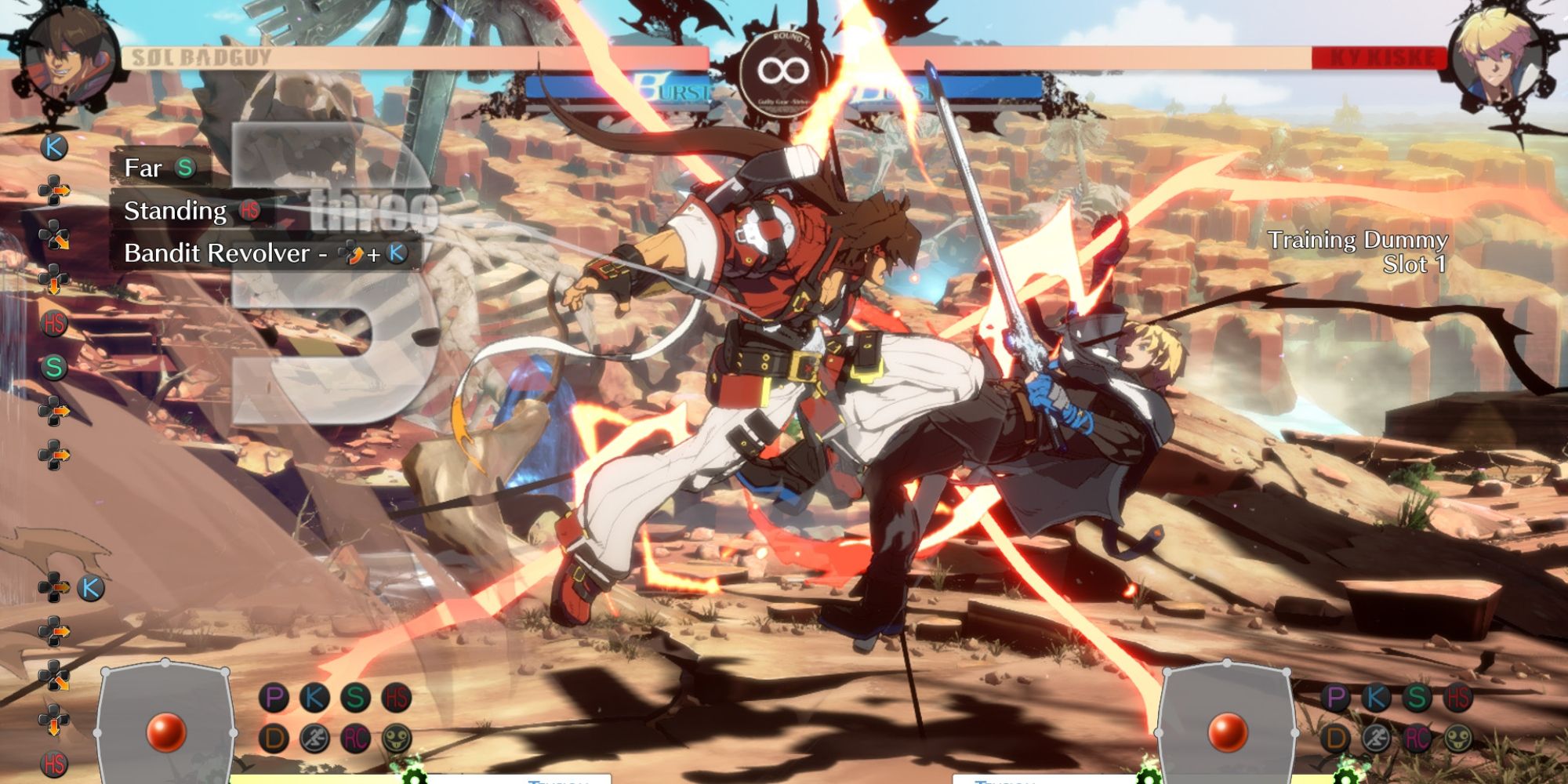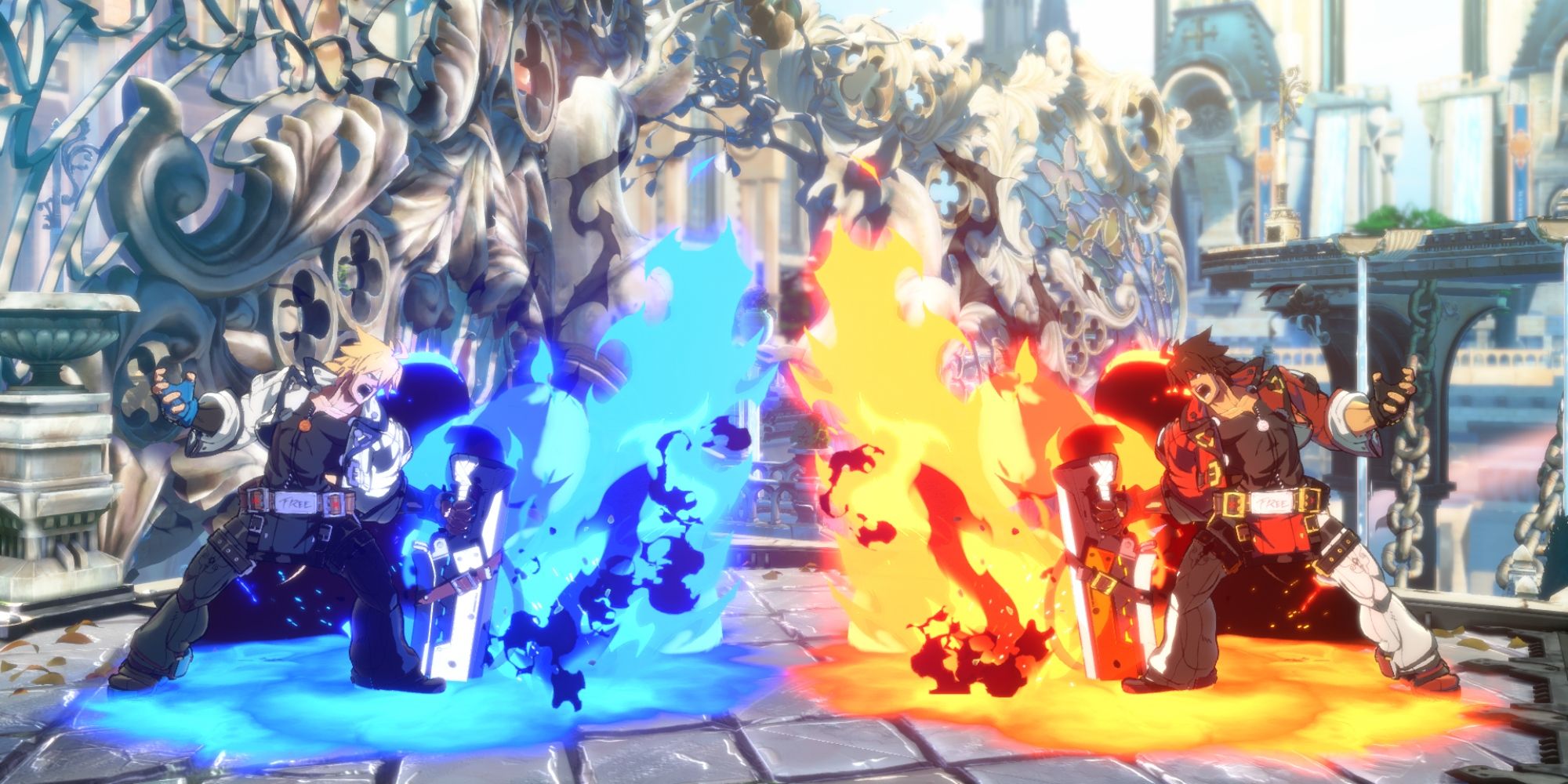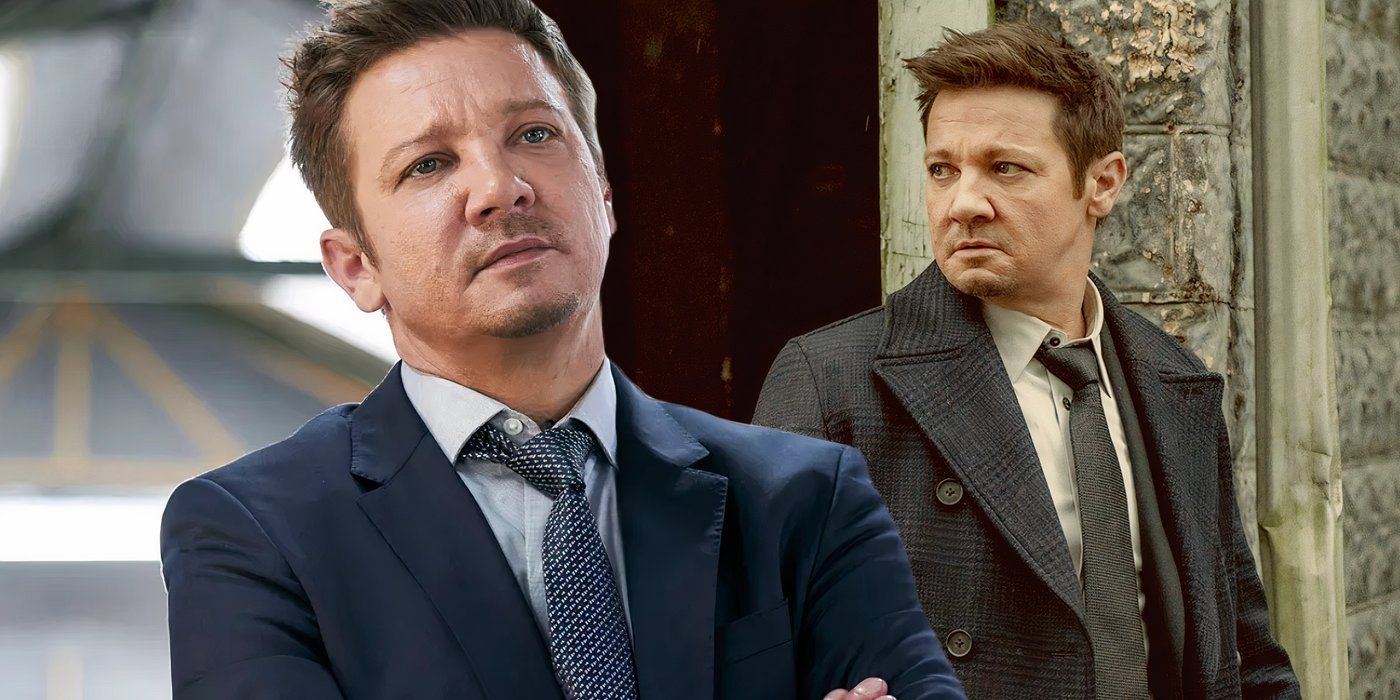To those unfamiliar with the Guilty Gear franchise, it can be an intimidating one to jump into. Guilty Gear Strive continues the series’ long and complicated story in a unique way and those not caught up will be very lost. From a story perspective, Guilty Gear Strive is unapologetically geared toward long-time fans of the series; from a gameplay and features perspective, it’s an excellent fighting game for newcomers and veterans alike.
As mentioned, the story of this series is incredibly long and intricate, which is only emphasized by Guilty Gear Strive including a glossary, timeline, and correlation chart in order to keep up. While a gold mine for lore hunters, the presentation of all this information feels incredibly intimidating and off-putting for newcomers – but that doesn’t mean the story isn’t fun to watch. The most unique (and surprising) parts of Guilty Gear Strive is that its “Story Mode” is a roughly 3 hour long anime with no gameplay whatsoever. While this was confusing at first, waiting for a fighting section that would never come, it ended up making the story more engaging as there were no forced interruptions to the story’s momentum. While new players may not know much about what’s going on, the story still manages to be entertaining and emotionally rich. For veterans of the series, it’s an incredible climax to years of build-up.
When it comes to the meat of the game, Guilty Gear Strive’s gameplay is top-tier. This entry expands on a feature of the Street Fighter franchise by choosing to give some breathing room in-between hits. While this may seem like it would lead to a slow or clunky feeling to combat, it does the exact opposite and makes every hit feel massive and methodical. The time between each hit is long enough to let players input their next move accurately and short enough to pull off satisfying combos, thus greatly reducing the urge to button smash due to the adrenaline from faster-paced games like Mortal Kombat.

To make the most of this system, developer Arc System Works gave each fighter similar inputs for their special attacks. Not only does this help players quickly adapt to different characters, it actively encourages them to experiment with the entire roster – and they should. While it may not be as large as Mortal Kombat‘s roster, it’s clearly curated to provide characters that have their own playing style. For example, Sol Badguy and Ky Kiske are the “Balanced” starting players that have a high skill ceiling, while Zato-1 has a variety of attacks that can piled on top of one another and takes a more technical understanding of the game to effectively use.
The Dojo and Arcade mode are additional modes for players to find the characters who feel best and master them. This is necessary to succeed in Guilty Gear Strive‘s online matchmaking, which tests players upon entering and, based on their performance in the test fight, places them on a skill floor in the Rank Tower. This places players of similar skill and regional location into the same matchmaking system, leaving it up to each individual to prove their mastery of Strive and ascend to the top of the tower. This only scratches the surface as there are many other online features, like the more relaxed Park, and offline features like Survival Mode, 2-Player, and so on.

Overall, Guilty Gear Strive is a fantastic entry to the series and to the genre itself. For long-time fans of the series, the story and gameplay will only reinforce the parts of Guilty Gear that have kept them playing and following along. For both those new to fighting games and seasoned veterans, Guilty Gear Strive presents a satisfying system that balances accessibility and mastery with care and confidence.
Guilty Gear Strive releases June 11, 2021 for PC, PlayStation 4, and PlayStation 5. A digital PS5 code was provided to Screen Rant for the purpose of this review.





